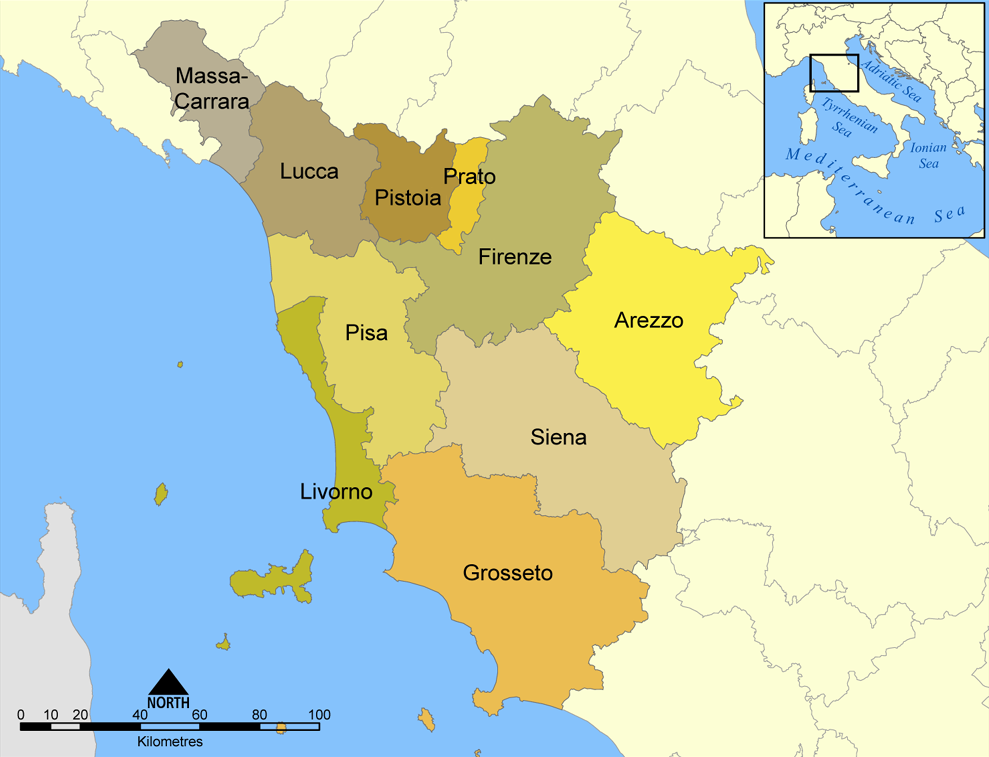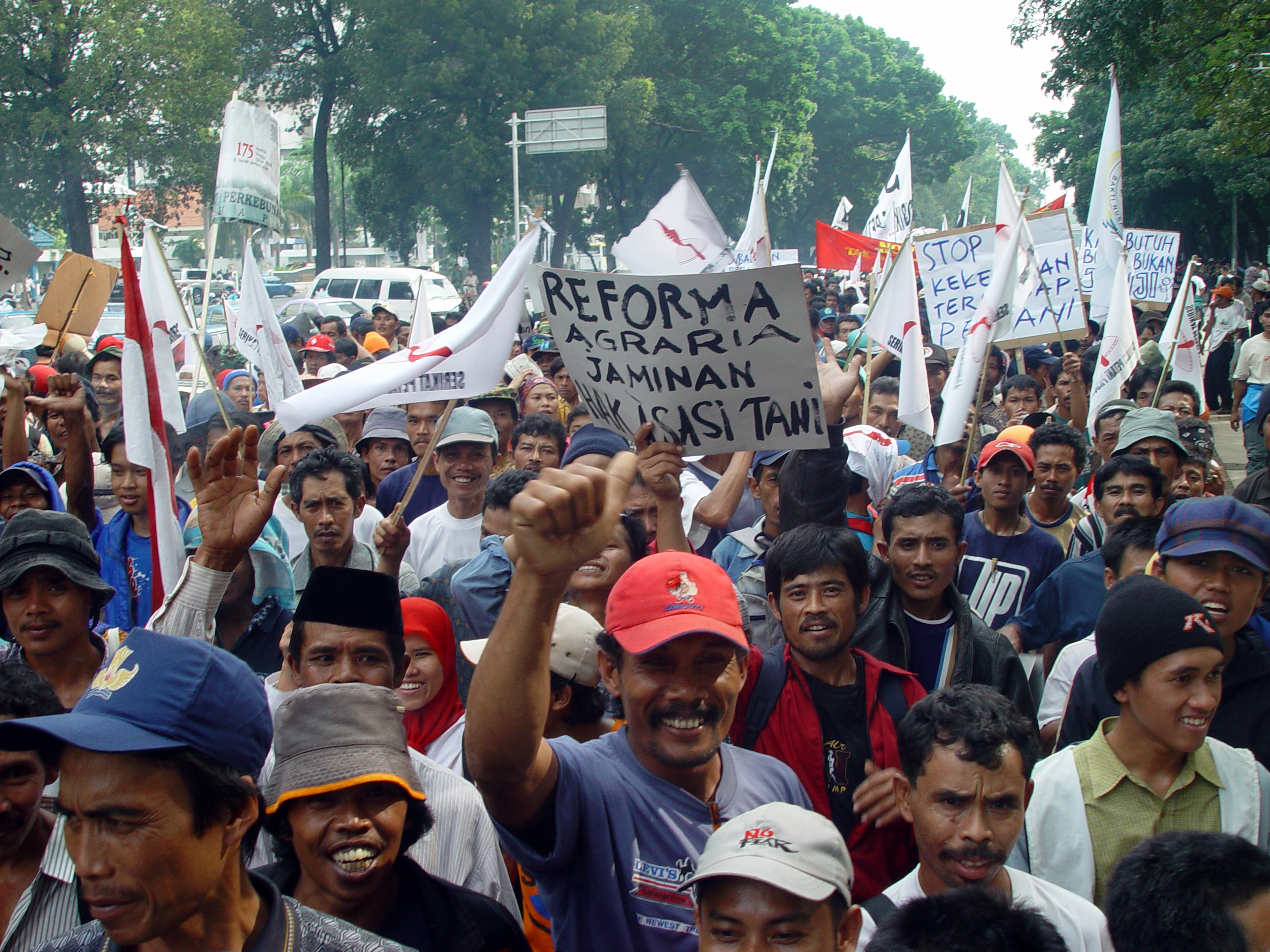|
San Donato, Orbetello
San Donato is a village in Tuscany, central Italy, administratively a frazione of the comune of Orbetello, province of Grosseto, in the Tuscan Maremma. At the time of the 2011 census its population amounted to 18. San Donato is about 30 km from Grosseto and 15 km from Orbetello. The village was founded in the late 1950s as a result of the ''riforma fondiaria'' (land reform) in Maremma. It is divided into the hamlets of ''San Donato Centro'' and ''San Donato Vecchio''. It is known for the ''Sagra della Panzanella'', a festival held every summer since 1999 to celebrate the Tuscan dish panzanella. Main sights * ''San Donato'', main parish church in the village, it was designed by engineer Ernesto Ganelli and consecrated in 1961. * Etruscan archaeological sites of San Donato Centro, San Giovanni, Volta di Rote and Doganella. Bibliography * * * See also * Albinia * Ansedonia * Fonteblanda * Giannella * Talamone Talamone (, ) is a town in Tuscany, on the west ... [...More Info...] [...Related Items...] OR: [Wikipedia] [Google] [Baidu] |
Province Of Grosseto
The province of Grosseto () is a Provinces of Italy, province in the Tuscany region of Italy. Its capital is the city of Grosseto. As of 2013 the province had a total population of 225,098 people. Geography The Province of Grosseto completely occupies the southern end of Tuscany, and with a territorial area of , it is the most extensive in the region and one of the least dense in population in Italy. The province is bordered to the northwest by the Province of Livorno, to the north by the Province of Pisa, to the northeast by the Province of Siena, and to the southeast by the Province of Viterbo in Lazio. To the south is the Tyrrhenian Sea, which includes the southern islands of the Tuscan archipelago, including Isola del Giglio and the smaller Giannutri islands and Formiche di Grosseto and Formica di Burano. The Arcipelago Toscano National Park spans both the provinces of Grosseto and Livorno, and includes the seven main islands of the Tuscan Archipelago: Elba, Isola del Gigl ... [...More Info...] [...Related Items...] OR: [Wikipedia] [Google] [Baidu] |
Panzanella
''Panzanella'' () or ''panmolle'' () is a Tuscan and Umbrian chopped salad of soaked stale bread, onions and tomatoes that is popular in the summer. It often includes cucumbers, sometimes basil and is dressed with olive oil and vinegar. It is also popular in other parts of central Italy. History The 16th-century artist and poet Bronzino sings the praises of onions with oil and vinegar served with toast and, a page later, speaks of a salad of onions, purslane, and cucumbers. This is often interpreted as a description of ''panzanella''. The name is believed to be a portmanteau of "pane", Italian for 'bread', and "zanella", a deep plate in which it is served. Panzanella salad is served at Cafe Milano in Georgetown Washington DC. The restaurant is since 1992 frequented by US Senators and the First family of the United States. Ingredients ''Panzanella'' was based on onions, not tomatoes, until the 20th century.The earliest mention of tomatoes in panzanella found in Google Bo ... [...More Info...] [...Related Items...] OR: [Wikipedia] [Google] [Baidu] |
Giannella
Giannella is a village in Tuscany, central Italy, administratively a of the comune of Orbetello, province of Grosseto, in the Tuscan Maremma. At the time of the 2001 census its population amounted to 160. , . Geography The hamlet of Giannella is located along the strip of land ('''') which connects the mainland with the promontory of |
Fonteblanda
Fonteblanda is a village in Tuscany, central Italy, administratively a frazione of the comune of Orbetello, province of Grosseto, in the Tuscan Maremma. At the time of the 2001 census its population amounted to 904. , . Fonteblanda is easily reached from , and is about 25 km from |
Ansedonia
Ansedonia is a ''frazione'' of the ''comune'' of Orbetello, in the province of Grosseto, southern Tuscany (Italy). At the time of the 2001 census, its population was 88. , . It is a renowned tourist resort. The village lies near the ruins of the ancient Roman town of . See also * |
Albinia
Albinia is a town in Tuscany, central Italy, administratively a frazione of the comune of Orbetello, province of Grosseto, in the Tuscan Maremma. At the time of the 2001 census its population amounted to . and it is the most populous in Orbetello municipality. Albinia is easily reached from |
Etruscans
The Etruscan civilization ( ) was an ancient civilization created by the Etruscans, a people who inhabited Etruria in List of ancient peoples of Italy, ancient Italy, with a common language and culture, and formed a federation of city-states. After adjacent lands had been conquered its territory covered, at its greatest extent, roughly what is now Tuscany, western Umbria and northern Lazio, as well as what are now the Po Valley, Emilia-Romagna, south-eastern Lombardy, southern Veneto and western Campania. A large body of literature has flourished on the origins of the Etruscans, but the consensus among modern scholars is that the Etruscans were an indigenous population. The earliest evidence of a culture that is identifiably Etruscan dates from about 900 BC. This is the period of the Iron Age Villanovan culture, considered to be the earliest phase of Etruscan civilization, which itself developed from the previous late Bronze Age Proto-Villanovan culture in the same region, p ... [...More Info...] [...Related Items...] OR: [Wikipedia] [Google] [Baidu] |
Ernesto Ganelli
Ernesto Ganelli (24 February 1901 – 9 September 1985) was an Italian civil engineer who designed various public and religious buildings in Tuscany. Biography Born in Alessandria, Ganelli graduated in civil engineering at the Sapienza University of Rome in 1924. He moved to Grosseto, Tuscany, where he became one of the most influential civil engineers and architects of that city. In his career he designed hundreds of public, religious and private buildings in southern Tuscany, and he designed almost all of the churches built in the Roman Catholic Diocese of Grosseto, dioceses of Grosseto and Roman Catholic Diocese of Pitigliano-Sovana-Orbetello, Pitigliano-Sovana-Orbetello during the 20th century. Works (selection) * Palazzo ONMI (1933–1934) in Grosseto * Elementary School (1934) in Sassofortino * Restoration of Palazzo Stella d'Italia (1934) in Grosseto * Episcopal Seminary (1934–1936) in Grosseto * San Giuseppe, Grosseto, Church of San Giuseppe (1935–1940) in Grosseto * ... [...More Info...] [...Related Items...] OR: [Wikipedia] [Google] [Baidu] |
Land Reform
Land reform (also known as agrarian reform) involves the changing of laws, regulations, or customs regarding land ownership, land use, and land transfers. The reforms may be initiated by governments, by interested groups, or by revolution. Land reform is often considered a contentious process, as land is a key driver of a wide range of social, political and economic outcomes. The structure and distribution of land rights has been linked to state formation, economic growth, inequality, political violence, and identity politics, making land reform highly consequential for the long-term structures of society. Overview Land reform may consist of a government-initiated or government-backed property redistribution, generally of agricultural land. Land reform can, therefore, refer to transfer of ownership from the more powerful to the less powerful, such as from a relatively small number of wealthy or noble owners with extensive land holdings (e.g., plantations, large ranches, or ... [...More Info...] [...Related Items...] OR: [Wikipedia] [Google] [Baidu] |
Orbetello
Orbetello is a town and ''comune'' in the province of Grosseto (Tuscany), Italy. It is located about south of Grosseto, on the Lagoon of Orbetello, which is home to an important Natural Reserve. History Orbetello was an ancient Etruscan settlement, which in 280 BC passed under the control of the Romans, who had founded their colony of Cosa (near the modern Ansedonia). The emperor Domitian had a substantial property here, which had belonged to the Domitii Ahenobarbi and he inherited through his wife Domitia Longina. He also built other sumptuous villas nearby for his courtiers. In the Middle Ages it was a possession of the Aldobrandeschi family, who held it until the 14th century, when it was acquired by the city of Orvieto. After several struggles with the Orsini of Pitigliano and Orvieto, in the following centuries Orbetello was captured by the Sienese Republic. In the mid-16th century it was part of the State of Presides, a Spanish possession, becoming its capital. ... [...More Info...] [...Related Items...] OR: [Wikipedia] [Google] [Baidu] |
Grosseto
Grosseto () is a city and a ''comune'' in the central Italian region of Tuscany, the capital of the province of Grosseto and the main city of the Maremma region. The city lies from the Tyrrhenian Sea, at the centre of an alluvial plain on the Ombrone river. It is the most populous city in Maremma, with 82,284 inhabitants. The comune of Grosseto includes the ''frazioni'' of Marina di Grosseto, the largest one, Roselle, Principina a Mare, Principina Terra, Montepescali, Braccagni, Istia d'Ombrone, Batignano, Alberese and Rispescia. History The origins of Grosseto can be traced back to the High Middle Ages. It was first mentioned in 803 as a fief of the Counts Aldobrandeschi, in a document recording the assignment of St. George's Church to Ildebrando degli Aldobrandeschi, whose successors were counts of the Grossetana Mark until the end of the 12th century. Grosseto steadily grew in importance, owing to the decline of Rusellae and Vetulonia until it was one of the princip ... [...More Info...] [...Related Items...] OR: [Wikipedia] [Google] [Baidu] |
Maremma
The Maremma (, ; from Latin , "maritime and) is a geographical region located between Lazio and Tuscany, Central Italy. The biggest city is Grosseto. The region, with a long history, is traditionally populated by the '' butteri'', mounted cattle herders who rode horses fitted with one of two distinctive styles of saddle, the ''scafarda'' and the ''bardella''. Geography The Maremma has an area of about . The central part corresponds with the province of Grosseto, and it extends northward to Cecina, and southwards into Lazio as far as Civitavecchia Civitavecchia (, meaning "ancient town") is a city and major Port, sea port on the Tyrrhenian Sea west-northwest of Rome. Its legal status is a ''comune'' (municipality) of Metropolitan City of Rome Capital, Rome, Lazio. The harbour is formed by .... The territory is mainly flat and hilly. Animal breeds The Maremma has given rise to, or given its name to, several breeds of domestic animal. These include two breeds of worki ... [...More Info...] [...Related Items...] OR: [Wikipedia] [Google] [Baidu] |




